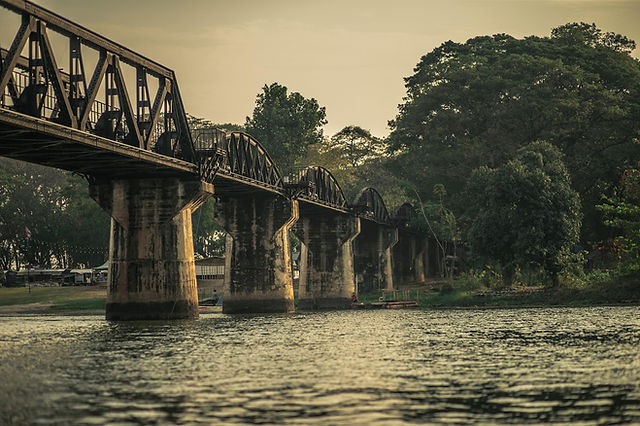Have you ever wondered about the historical significance of the Bridge on the River Kwai? Well, get ready to dive into the fascinating backstory of this iconic structure. In this article, we’ll explore the historical legacy of the Bridge on the River Kwai and take a closer look at its impact during World War II. Whether you’re a history buff or simply curious about this landmark, we’ve got you covered.
During World War II, the Bridge on the River Kwai played a pivotal role in the infamous Death Railway. Constructed by prisoners of war, this railway was part of Japan’s plan to establish a supply route between Bangkok and Rangoon. The conditions in which the bridge was built were harsh and brutal, with thousands of Allied prisoners and Asian laborers losing their lives in the process. The bridge symbolizes the suffering and sacrifice endured by those involved, making it a powerful site to visit.
Today, the bridge stands as a reminder of the past, attracting visitors from around the world. Walking across this historic structure, you can’t help but feel a sense of awe and respect for the individuals who worked tirelessly to build it. In addition to the bridge itself, the nearby museums and memorials provide further insight into the challenges faced during its construction. So if you’re ever in the area, don’t miss the chance to explore the historical legacy of the Bridge on the River Kwai and pay tribute to those who suffered to create this enduring symbol.
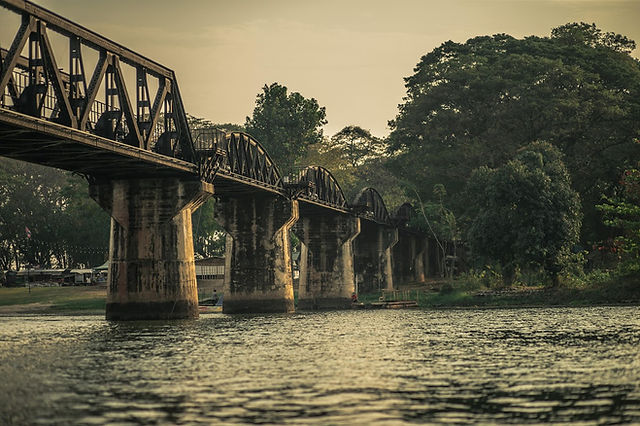
1. The Construction of the Bridge
– Historical background of the construction
The construction of the Bridge on the River Kwai holds a significant place in history. During World War II, the Japanese Imperial Army sought to build a railway between Thailand and Burma to support their military operations. As a part of this project, the construction of a bridge over the Kwai River was initiated in 1942. The bridge aimed to connect the existing rail lines to facilitate the transportation of supplies and troops.
– Challenges faced during construction
The Japanese forces faced numerous challenges during the construction of the bridge. The terrain of the region was unforgiving with the thick jungles and treacherous mountains, making it difficult for the workers to operate. They had to endure harsh conditions such as extreme heat, lack of proper tools, and inadequate medical facilities. Additionally, the Allied forces conducted sabotage operations against the construction, resulting in further setbacks.
– Design and architecture of the bridge
The Bridge on the River Kwai was designed by the Japanese engineering team led by Colonel Kido, and it was built using forced labor, primarily consisting of prisoners of war and Asian laborers. The bridge was constructed using steel and concrete, showcasing a combination of traditional and modern engineering techniques. It featured a curved design, with spans supported by a series of pillars. The overall structure was a testament to the skill and ingenuity of the Japanese engineers.
2. Significance of the Bridge on the River Kwai
– Importance in World War II
The Bridge on the River Kwai played a crucial role in World War II as it served as a vital transportation link for the Japanese army. By connecting the railway lines, it allowed the Japanese forces to effectively move troops, equipment, and supplies between Thailand and Burma. This enhanced their military capabilities and strengthened their hold in the region.
– Symbol of Japanese Occupation
The bridge became a symbol of Japanese occupation and the suffering endured by the prisoners of war and forced laborers during its construction. The harsh conditions and treatment of the workers led to a high mortality rate. The bridge serves as a testament to the atrocities committed during the war and the resilience of those who survived.
– Role in the Thailand-Burma Railway
The Bridge on the River Kwai is a significant part of the Thailand-Burma Railway, also known as the Death Railway. This railway was built by the Japanese forces to support their military operations. Thousands of prisoners of war, including British, Australian, Dutch, and American soldiers, as well as Asian laborers, were forced to work on the construction. The railway is a harrowing reminder of the human cost of war.
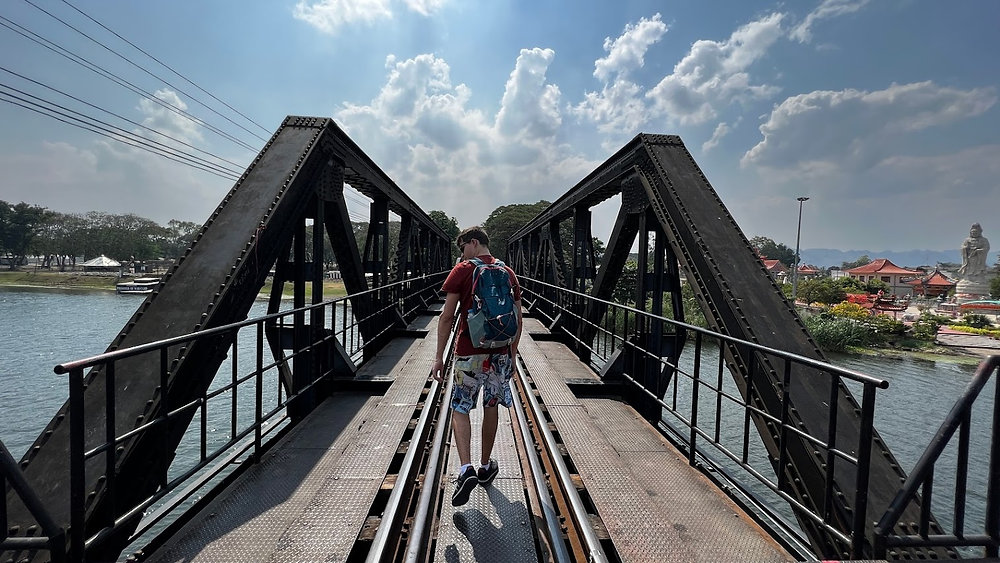
3. Historical Events Surrounding the Bridge
– Capture of the bridge by the Allied forces
In 1944, the bridge was targeted by a series of Allied air raids with the aim of destroying it. Despite repeated attacks, the bridge remained standing. However, on February 24, 1945, a successful mission led by Allied forces under Operation Big Bird resulted in the capture of the bridge. This marked a significant turning point in the war and a blow to the Japanese occupation.
– Destruction and reconstruction
Following its capture by the Allies, the bridge was destroyed to impede the Japanese army’s retreat. However, after the war ended, the bridge was reconstructed to restore the rail links between Thailand and Burma. The new bridge closely resembled the original design and allowed for the resumption of train services in the region.
– Impact of the events on the war
The capture and destruction of the Bridge on the River Kwai had a significant impact on the course of the war. It not only disrupted the Japanese army’s supply routes but also boosted the morale of the Allied forces. The events surrounding the bridge further highlighted the bravery and determination of those involved in the war effort.
4. Visiting the Bridge on the River Kwai Today
– Tourist attractions and facilities nearby
The area surrounding the Bridge on the River Kwai is now a popular tourist destination, attracting visitors from all around the world. There are various attractions and facilities nearby, including museums, art galleries, and hotels. These provide visitors with the opportunity to learn more about the history of the bridge and the events that took place during World War II.
– Activities and events organized near the bridge
Numerous activities and events are organized near the bridge to commemorate its historical significance. These include guided tours, reenactments, and cultural performances. Visitors can also participate in memorial services held to honor the prisoners of war who lost their lives during the construction of the bridge.
– Guided tours and historical information at the site
For those interested in delving deeper into the history of the Bridge on the River Kwai, guided tours are available. Knowledgeable guides provide historical information and share stories of the events that unfolded in the area. This offers visitors a unique opportunity to gain a deeper understanding of the bridge’s historical legacy.

5. Commemorating the Memory of the POWs
– Memorials and museums dedicated to the POWs
Several memorials and museums have been established near the Bridge on the River Kwai to honor the memory of the prisoners of war. These sites serve as a reminder of the suffering endured by those who were forced to work on the bridge. They provide an opportunity for reflection and remembrance.
– Stories and experiences shared by survivors
Survivors of the construction of the bridge often share their stories and experiences to ensure that the memory of the POWs remains alive. Their firsthand accounts serve as a powerful testament to the resilience and strength of the human spirit. These stories are invaluable in understanding the true impact of war on individuals and communities.
– Importance of preserving the memory
Preserving the memory of the Bridge on the River Kwai and the events surrounding it is of utmost importance. It serves as a reminder of the human cost of war and the need for peace and understanding. By commemorating the memory of the prisoners of war, we honor their sacrifice and strive to prevent such atrocities from occurring in the future.
6. Artistic Representations of the Bridge
– Films and literature inspired by the bridge
The Bridge on the River Kwai has inspired numerous films and literature works. Perhaps the most famous adaptation is the 1957 film of the same name, which won several Academy Awards. The bridge has also been featured in various books, plays, and songs, making it an iconic symbol in popular culture.
– Cultural impact and legacy in popular media
The portrayal of the bridge in popular media has contributed to its cultural impact and legacy. It has helped raise awareness about the historical events and the significance of the Bridge on the River Kwai. The bridge serves as a powerful symbol of war, resilience, and the human spirit, leaving a lasting impression on those who encounter it through various artistic mediums.
– Artistic interpretations and reflections
Artists around the world have interpreted and reflected upon the Bridge on the River Kwai in their works. Paintings, sculptures, and installations have been created to depict the bridge and its historical context. These artistic interpretations provide a unique lens through which we can better understand and connect with the historical legacy of the bridge.
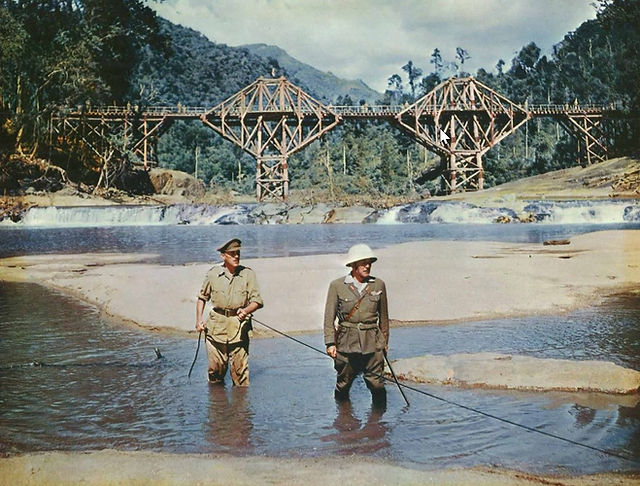
7. Local Culture and Traditions
– Impact of the bridge on local communities
The construction of the Bridge on the River Kwai had a profound impact on the lives of the local communities. The influx of workers to the area during the war brought about changes in the local economy and social dynamics. The bridge also became an important cultural landmark, shaping the identity of the communities in the region.
– Cultural practices and festivals honoring the bridge
Local communities continue to honor the bridge through various cultural practices and festivals. These celebrations showcase the rich traditions and customs of the people living in close proximity to the bridge. Festivals often include performances, parades, and religious ceremonies, creating a vibrant atmosphere infused with history and tradition.
– Traditions passed down through generations
The historical legacy of the Bridge on the River Kwai has been passed down through generations in the local communities. Elders share stories and recount the events surrounding the bridge, ensuring that the memory remains alive. This passing down of traditions serves as a powerful reminder of the importance of remembering and learning from history.
8. Environmental and Scenic Aspects
– Natural surroundings and landscapes near the bridge
The area surrounding the Bridge on the River Kwai offers breathtaking natural beauty. Lush green forests, flowing rivers, and majestic mountains create a scenic backdrop for the bridge. Visitors can enjoy the serene landscapes and immerse themselves in the tranquility of the surroundings.
– Ecotourism initiatives promoting conservation
Efforts have been made to promote ecotourism and conservation in the area. These initiatives aim to preserve the natural environment surrounding the bridge and raise awareness about the importance of sustainable practices. Visitors are encouraged to engage in responsible tourism and contribute to the preservation of the region’s biodiversity.
– Wildlife and biodiversity in the area
The region near the Bridge on the River Kwai is home to a diverse range of wildlife and plant species. Birdwatchers and nature enthusiasts can spot various species of birds, including kingfishers and hornbills. The area is also home to several protected species, such as elephants and tigers, making it an ideal destination for wildlife enthusiasts.
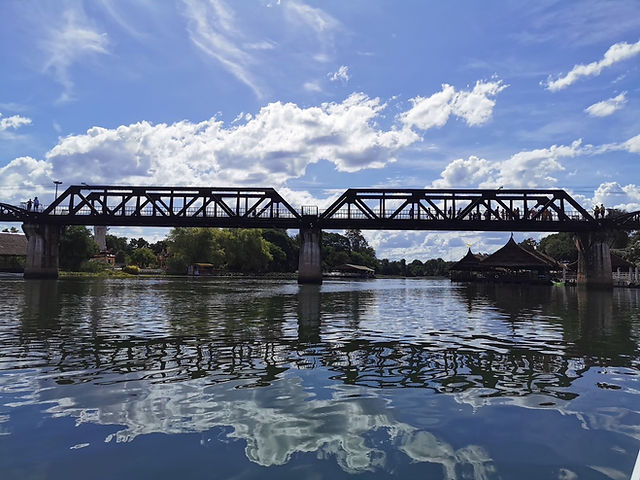
9. International Relevance and Recognition
– UNESCO World Heritage considerations
The Bridge on the River Kwai has been considered as a potential candidate for UNESCO World Heritage recognition. Its historical significance, architectural merits, and cultural impact make it a worthy contender for this prestigious recognition. Such recognition would further highlight the bridge’s international relevance and ensure its preservation for future generations.
– Bridge’s portrayal in international media
The bridge’s portrayal in international media has brought global attention to its historical legacy. Films, documentaries, and literary works have reached audiences around the world, raising awareness about the bridge and the events associated with it. This portrayal has contributed to the bridge’s significance on an international scale.
– Foreign visitors and global interest
The historical legacy of the Bridge on the River Kwai continues to attract foreign visitors from all corners of the globe. The bridge and its surrounding attractions have become an important destination for history enthusiasts and tourists alike. Its global interest showcases the bridge’s impact on people from different cultures and backgrounds.
10. Conclusion
In conclusion, exploring the historical legacy of the Bridge on the River Kwai is a captivating journey that brings forth the tales of bravery, suffering, and resilience. The construction and events surrounding the bridge during World War II hold immense historical importance, reflecting the impact of war on individuals and communities. Visiting the bridge today allows you to immerse yourself in history while experiencing the natural beauty of the surroundings. The cultural significance, artistic representations, and global recognition of the bridge further emphasize the need to preserve and learn from our past. By commemorating the memory of the prisoners of war and understanding the historical context, we honor their sacrifice and pave the way for a more peaceful and compassionate future.
